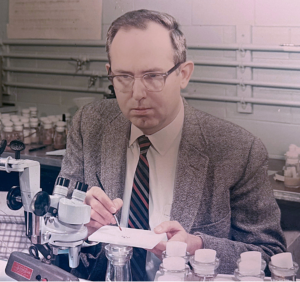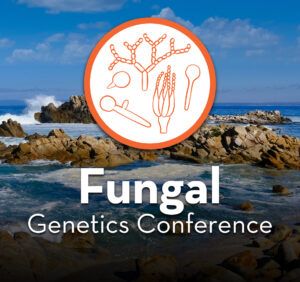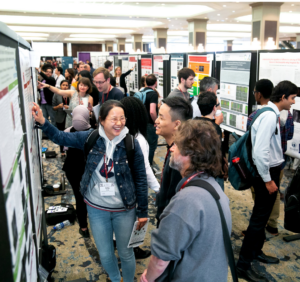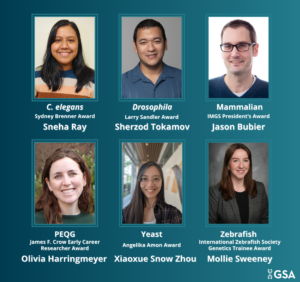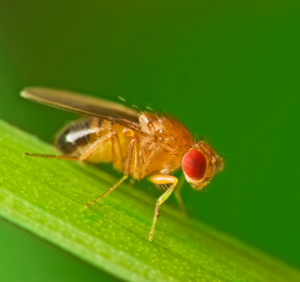The aye-aye is a rare, nocturnal lemur from Madagascar. They easily stand out with their intensely big eyes, fuzzy round ears and pointy-long fingers—all traits that help them forage at night in the treetops for their tasty insect larvae. The aye-aye also happens to be one of the world’s 25 most endangered primates, and at risk of disappearing entirely. Our planet is currently going through its sixth mass extinction, and scientists estimate that we could lose one in eight vertebrate species in the coming decades—largely due to things like climate change and habitat destruction. This makes the work more crucial than ever to determine the greatest health and environmental challenges for endangered species.
From a genetics perspective, aye-ayes have very little variation in their DNA, which can make them all vulnerable to illnesses without having unique genetic traits to protect them. Their low genetic diversity also makes it harder to adapt to changing conditions with the climate or their habitats. By gaining a better understanding of the genetic traits of animals like the aye-aye and how they’ve changed over time, researchers can help prevent these animals from disappearing.
To this great effort, researchers from the Center for Evolution and Medicine at Arizona State University (ASU) have now analyzed the full aye-aye genome and studied its traits for the first time. The first complete genome for the aye-aye was completed over 10 years ago and improved upon again in 2023, but the lack of knowledge around the aye-aye’s genes made it incredibly difficult to understand how they have evolved over time. These ASU scientists have now completed a new, high-quality version of the aye-aye genome with full gene annotation that allows them to more accurately look for signs of positive selection, where individuals better adapted to their environment have an increased likelihood of survival and leaving offspring to the next generation. Their goal was to find how the aye-aye’s DNA has changed over time, and whether the changes were random or part of positive selection.
The researchers first created a baseline model to highlight the aye-aye’s history—which showed that their population drastically shrank after humans arrived to Madagascar 3,000 to 5,000 years ago, and decreased again recently after deforestation has damaged their habitats. With this detailed model showing the patterns and demographics in aye-aye’s history, researchers could then search for positive selection, DNA regions where a mutation beneficial to the aye-aye spreads throughout their population. The researchers also looked for balancing selection, which maintains genetic diversity in the population for a long time, that can be beneficial to aye-ayes in different conditions.
The ASU researchers found only a small number of genes that have been shaped by positive selection—including genes related to their strong sense of smell. Since aye-ayes are nocturnal, they rely heavily on their noses to navigate their surroundings, communicate, find mates, and forage for food. This study has made it clear how crucial the sense of smell is for an aye-aye’s survival. They also found genes associated with sperm development, which may be tied to changes in their already complex reproduction habits, where both males and females mate with multiple partners during a breeding season which can increase genetic mixing and sperm competition.
The aye-ayes will continue to struggle for survival as habitat destruction and climate change become more rampant, and their genes will continue to change. But this study is a significant step forward for understanding the traits needed for the aye-ayes’ survival, including the development of statistical tools to collect this important data that can guide conservation efforts including breeding programs and habitat restoration to prevent these unique creatures from going extinct.
References
A whole-genome scan for evidence of positive and balancing selection in aye-ayes (Daubentonia madagascariensis) utilizing a well-fit evolutionary baseline model
Vivak Soni, John W. Terbot, Cyril J. Versoza, Susanne P. Pfeifer, Jeffrey D. Jensen
G3 (Bethesda). June 2025. 230(2).
Inferring the demographic history of aye-ayes (Daubentonia madagascariensis) from high-quality, whole-genome, population-level data.
John W Terbot II, Vivak Soni, Cyril J Versoza, Susanne P Pfeifer, Jeffrey D Jensen
Genome Biol Evol. January 2025. 17(1)
DOI: 10.1093/gbe/evae281A hybrid genome assembly of the endangered aye-aye (Daubentonia madagascariensis).
Cyril J. Versoza, Susanne P. Pfeifer
G3 (Bethesda). October 2024. 14(10)
DOI: 10.1093/g3journal/jkae185




















